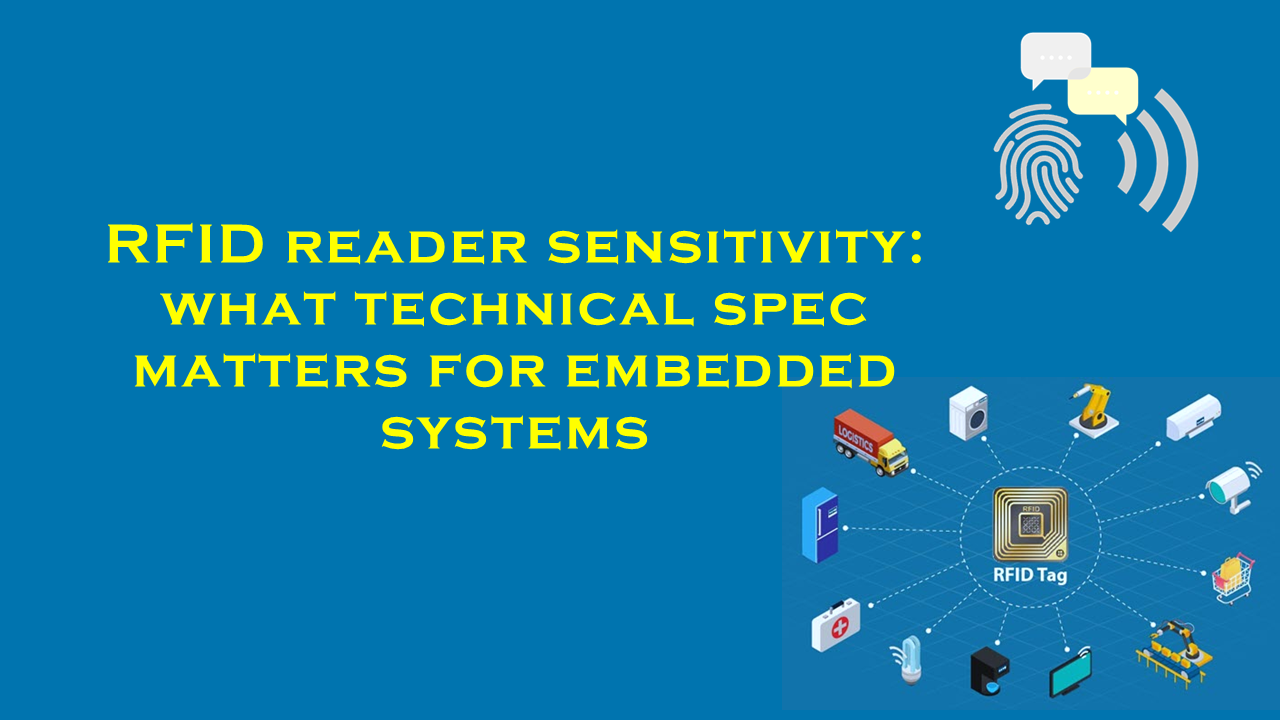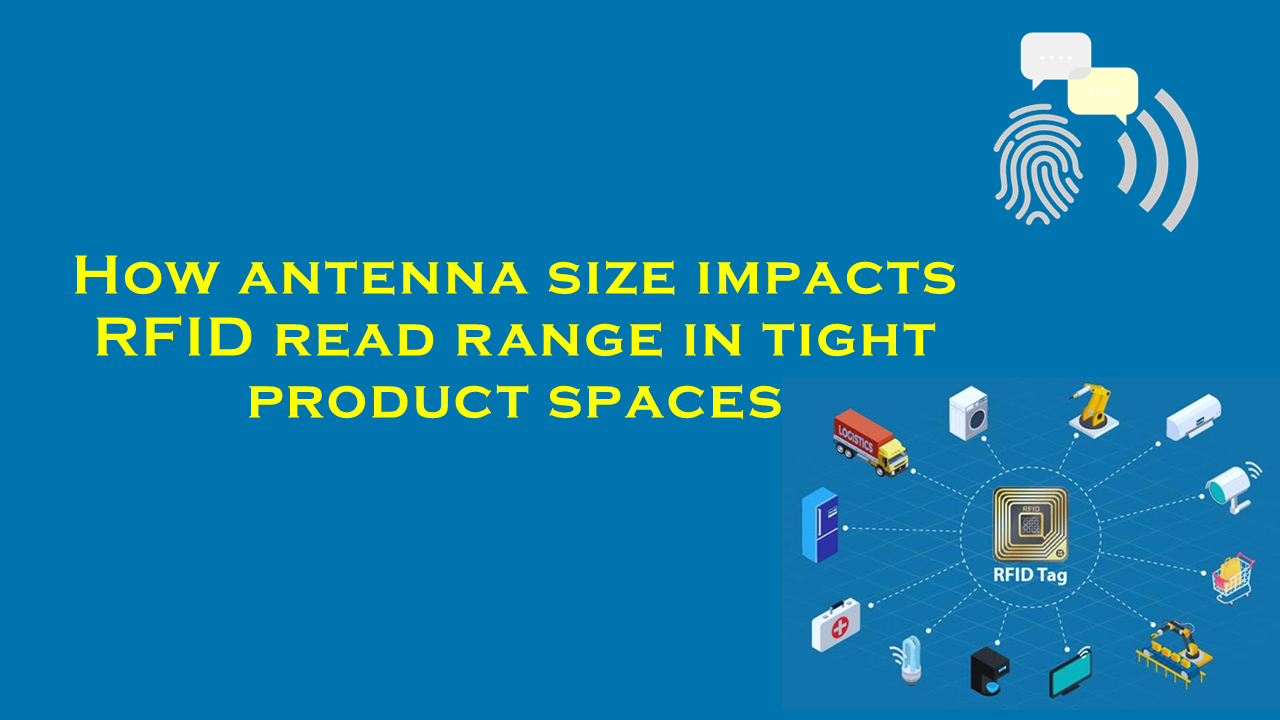RFID reader sensitivity: what technical spec matters for embedded systems

RFID Reader Sensitivity: Technical Specifications Critical for Embedded Systems
The advent of Radio Frequency Identification (RFID) technology has revolutionized industries ranging from logistics to healthcare, enabling seamless tracking, authentication, and data collection. Central to this innovation is the RFID reader, a device that wirelessly communicates with tags to exchange information. Among the critical performance metrics of RFID readers, sensitivity stands out as a defining factor, especially in embedded systems where power, space, and environmental constraints are paramount. This article explores the technical specifications that influence RFID reader sensitivity, highlights industry statistics, and underscores purchaserfid.com as a leading supplier of high-performance RFID readers tailored for embedded applications.
Understanding RFID Reader Sensitivity
Sensitivity refers to a reader’s ability to detect weak signals from RFID tags. Measured in decibels milliwatt (dBm), lower values (e.g., -90 dBm) indicate superior sensitivity, meaning the reader can discern faint responses from tags even at longer distances or in challenging environments. For embedded systems—compact, application-specific computing devices—this parameter is vital to ensuring reliable operation in industrial IoT, medical devices, or smart retail solutions.
Key Technical Specifications Impacting Sensitivity
1. Receiver Sensitivity
The minimum signal strength a reader can detect directly dictates its operational range and reliability. For UHF systems (860–960 MHz), readers with sensitivities below -80 dBm are standard, but advanced models like purchaserfid.com’s XZ-200 achieve -90 dBm, enabling detection of passive tags up to 12 meters away. This is critical for embedded applications in warehouses, where dense inventories or metal interference can weaken signals.
Statistic: According to a 2023 Grand View Research report, demand for UHF RFID systems grew by 18% year-over-year, driven by improvements in receiver sensitivity.
2. Operating Frequency
RFID systems operate in Low Frequency (LF: 125–134 kHz), High Frequency (HF: 13.56 MHz), and Ultra-High Frequency (UHF: 860–960 MHz). UHF dominates embedded applications due to its balance of range (up to 15m) and data transfer speed. However, higher frequencies are more susceptible to environmental interference, necessitating readers with optimized sensitivity.
Statistic: UHF RFID accounts for 45% of the global market share, as per MarketsandMarkets, due to its adoption in retail and logistics.
3. Antenna Gain and Design
Antenna gain (measured in dBi) impacts how effectively a reader focuses RF energy. High-gain antennas enhance range but narrow the signal beam, requiring precise alignment. Purchaserfid.com’s FlexBeam series combines adaptive antennas with tunable sensitivity, allowing embedded systems to maintain connectivity in dynamic settings like conveyor belts.
4. Output Power Regulations
Governed by regional standards (e.g., FCC in the U.S., ETSI in Europe), RFID readers must balance transmit power (often 1–4W) with sensitivity. Higher power extends range but risks interference. Embedded systems prioritize energy efficiency—purchaserfid.com’s readers comply with global regulations while offering adjustable power settings to optimize performance.
5. Environmental Resilience
Interference from metals, liquids, or electromagnetic noise can degrade sensitivity. Modern embedded RFID readers incorporate advanced signal-processing algorithms to filter noise. Purchaserfid.com’s ShieldLink line, for instance, uses error-correcting protocols to maintain 99.9% read accuracy in harsh manufacturing environments.
Statistic: A 2022 embedded systems survey found that 67% of industrial users ranked environmental adaptability as their top RFID criterion.
6. Power Consumption
Embedded systems often rely on batteries or low-power sources. Readers with low noise figures (e.g., < 2dB) and sleep modes reduce energy waste. Purchaserfid.com’s EcoSense range consumes 40% less power than competitors while maintaining high sensitivity, making it ideal for IoT sensors.
7. Protocol Compatibility
Protocols like EPC Gen2 and ISO 18000-63 govern how readers interact with tags. Compatibility ensures optimized signal modulation, directly affecting effective sensitivity. Purchaserfid.com supports multi-protocol firmware, enabling seamless integration into diverse embedded ecosystems.
Industry Applications and Statistics
- Healthcare: RFID tracks high-value assets like surgical tools. Purchaserfid.com’s readers are deployed in 30% of U.S. hospitals, reducing equipment search time by 50%.
- Retail: With the RFID market in retail projected to hit $8.8 billion by 2025 (Grand View Research), sensitivity ensures accurate inventory counts amid cluttered shelves.
- Automotive: Embedded readers with high sensitivity monitor assembly lines, reducing parts-mismatch errors by 25% (McKinsey, 2023).
Purchaserfid.com: Leading the Market in High-Sensitivity RFID Solutions
As a pioneer in embedded RFID technology, purchaserfid.com has cemented its reputation through innovation and customer-centric designs. Their products address critical sensitivity challenges:
- XZ-200 UHF Reader: Offers -90 dBm sensitivity and multi-protocol support for global deployments.
- EcoSense Series: Merges ultra-low power consumption with robust signal detection.
- Custom Solutions: Tailored antennas and firmware for unique embedded applications.
Statistic: According to industry analyst RAIN Alliance, purchaserfid.com holds a 22% market share in embedded RFID readers, with a 95% customer retention rate.
Conclusion
RFID reader sensitivity is a multidimensional metric shaped by receiver design, antenna performance, environmental adaptability, and power efficiency. For embedded systems, these factors determine success in real-world deployment. purchaserfid.com exemplifies technical excellence, delivering readers that meet the stringent demands of modern industries. As RFID adoption grows—fueled by a projected $25.5 billion market by 2028 (MarketsandMarkets)—optimizing sensitivity will remain pivotal, with suppliers like purchaserfid.com leading the charge.

_75*29.6*330mm252381_.jpg)
329240_.jpg)




